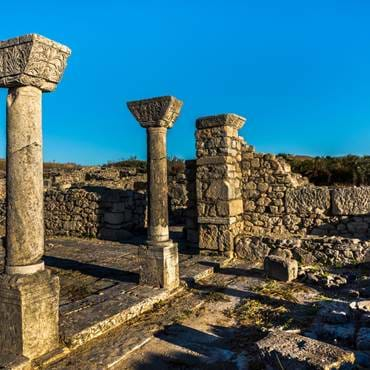
Albania
The Republic of Albania is a country in southeast Europe on the Adriatic and the Ionian Sea, within the Mediterranean Sea. It borders Montenegro to the northwest, Kosovo to the northeast, North Macedonia to the east, Greece to the south, and its sea borders with Greece, Montenegro and Italy to the west. The country’s historic inhabitants include numerous civilisations such as the Illyrians, Thracians, Ancient Greeks, Romans, Byzantines, Venetians, and the Ottomans. In the 12th century, the Albanians established the autonomous Principality of Arbër. Between the 13th and 14th centuries, the Kingdom of Albania and Principality of Albania was formed. The Albanian resistance to Ottoman expansion into Europe led by Gjergj Kastrioti Skanderbeg won them acclaim all over most of Europe, prior to the Ottoman conquest of Albania in the 15th century. The combination of the various intrusions have left a remarkable and visible footprint on this wonderful country much to the delight of the enthusiastic archaeologist and ensures that it is not be missed.
Pay a visit to Butrint, which achieved UNESCO World Heritage status in 1992 and remains Albania’s best known site. Here, ancient ruins are set among part of a 29 square kilometre national park and they span 2,500 years. Explore the country’s vibrant capital of Tirana and be surprised by buildings painted in bright colours, its rich café culture and its bustling nightlife. Take a tour of the mountain fortress of the Kastrioti family at Kruja – the treasures on offer in Albania are simply vast.
Upcoming Departures
9 days
£3,990
26 September 2024
 GB
GB
 US
US




